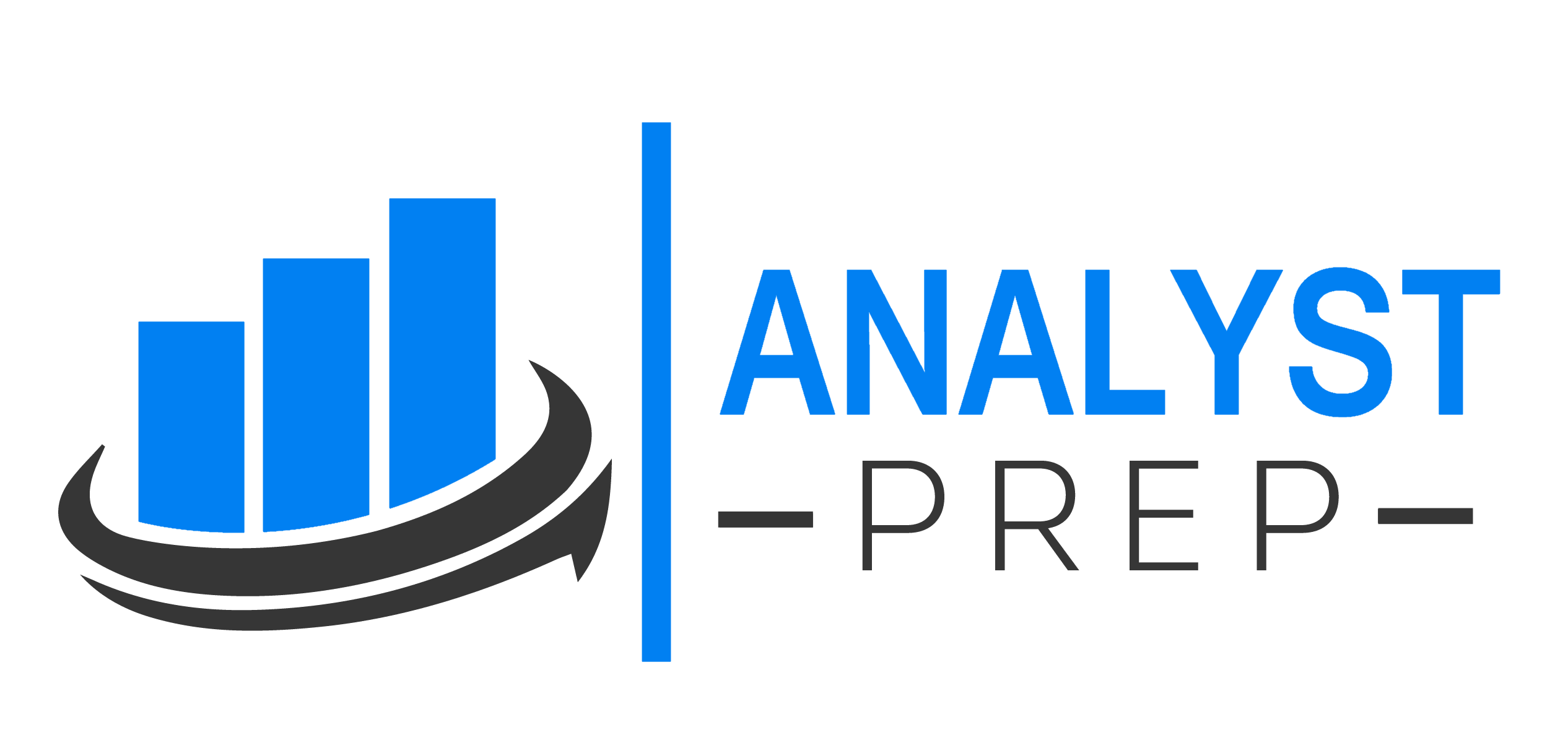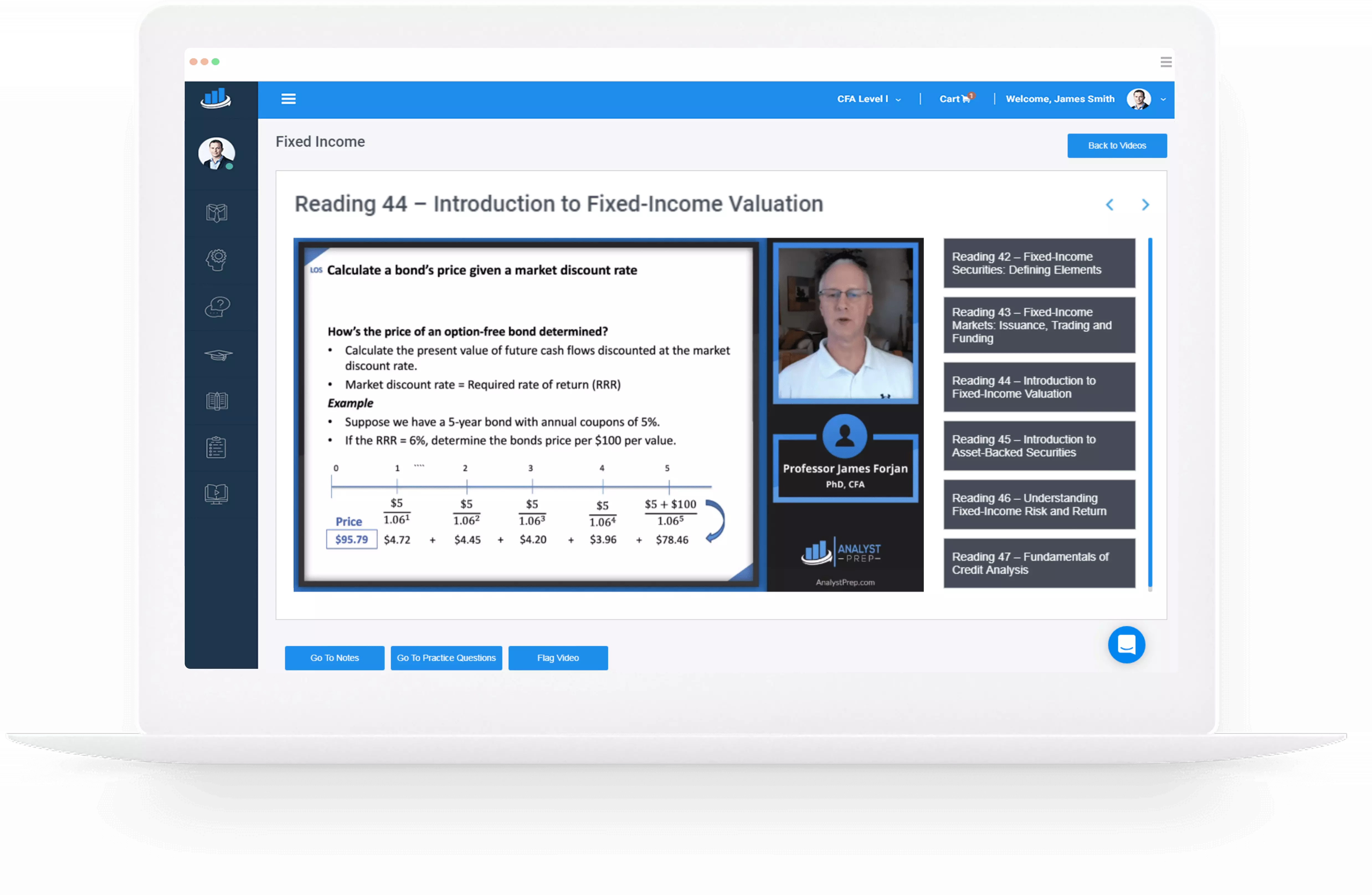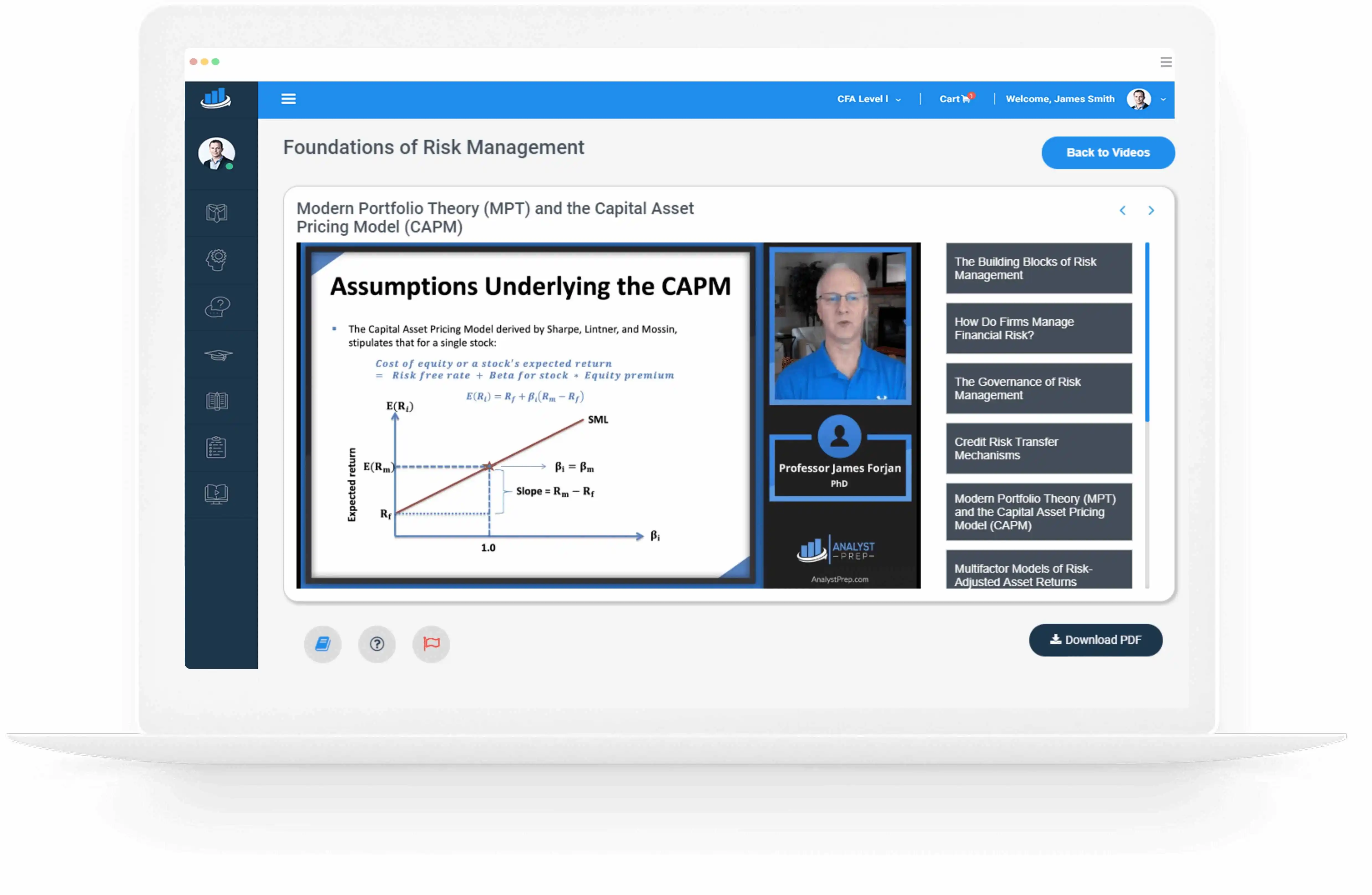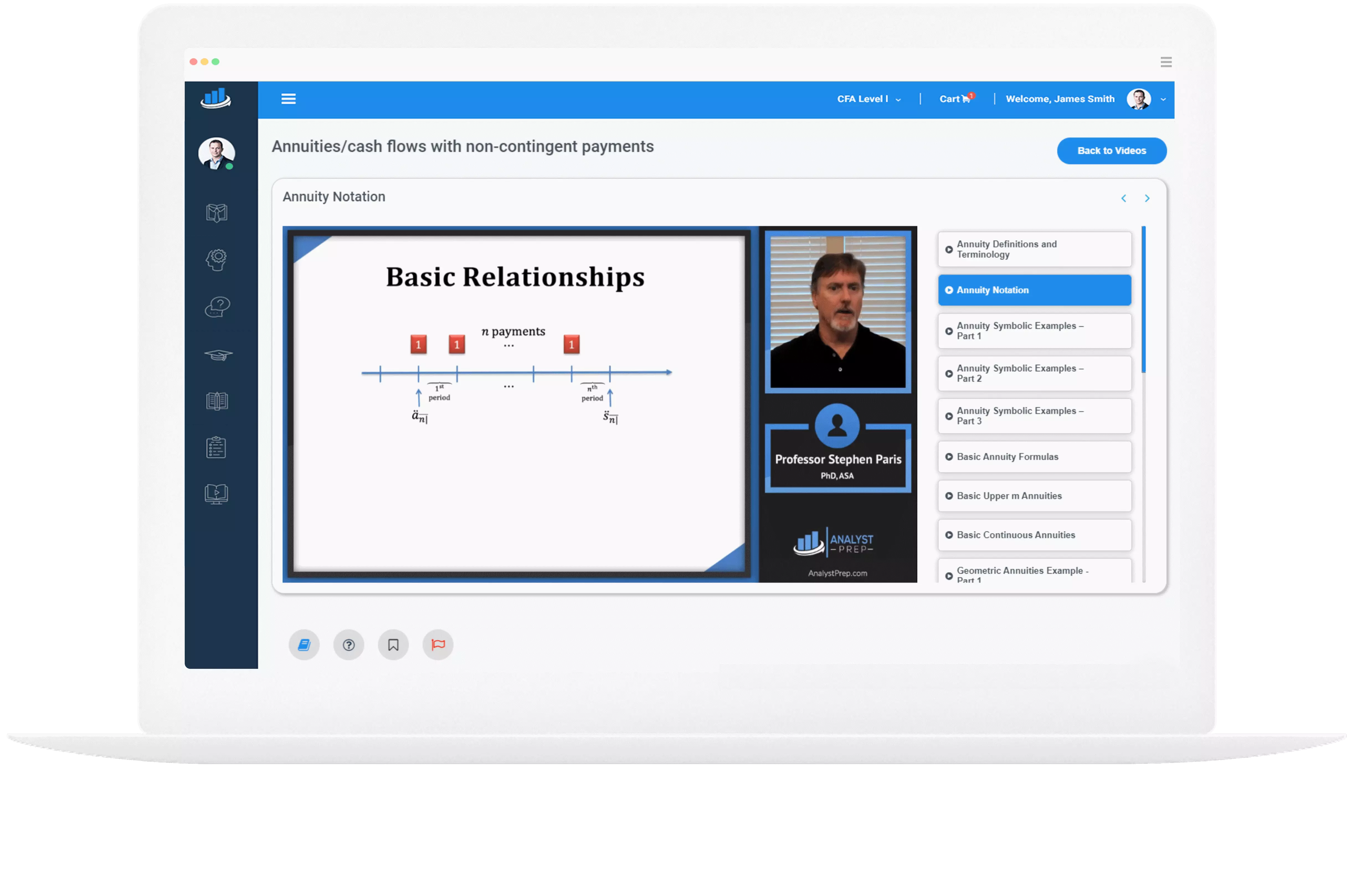Funding Choices: Sovereign & Non-sovereign Governments, Quasi-government Entities, and Supranational Agencies
National or Sovereign Government Issuers National governments possess the sovereign authority to derive tax cash flows from economic activities within their jurisdiction. In contrast, private sector issuers depend on operating cash flows and alternative repayment sources, such as asset sales,…
Long-term Corporate Debt: Investment-grade (IG) Vs. High-yield (HY) Bonds
Corporate issuers use long-term debt to secure stable funding for a range of requirements, from short-term operations to long-term capital investments. However, the features and availability of such funding vary based on the credit quality of the issuer. While IG…
Repurchase Agreements (Repos)
Repurchase agreements, commonly known as repos, serve as a secured method for short-term borrowing and lending. These transactions consist of a seller committing to repurchase a security at a predefined price on a future date. This operation essentially allows the…
Short-term Funding Alternatives
Short-term funding is key for corporations to meet immediate cash needs, maintain liquidity, and capitalize on supplier discounts. Short-Term Funding Alternatives for Non-Financial Institutions External Financing Non-financial entities can acquire immediate liquidity through various banking avenues: Uncommitted Lines of Credit…
Primary and Secondary Fixed-income Markets
Primary Fixed-Income Markets Primary bond markets are where issuers sell new bonds to investors to raise capital. This contrasts with secondary bond markets, where existing bonds are traded among investors. Debut issuers are those who approach the bond market for…
Types of Fixed-income Indexes
Purpose of fixed income Indexes Fixed-income indexes are pivotal in tracking the broad risk and return of bond markets. They serve to evaluate market performance, benchmark the performance of investments and investment managers, and lay the foundation for indexed investment…
Fixed-income Segments, Issuers, and Investors
The fixed-income market is a multifaceted arena where various instruments are traded based on distinct classifications. These instruments can be broadly categorized based on three primary dimensions: time to maturity, issuer type, and credit quality. Additionally, classifications can be extended…
Legal, Regulatory, and Tax Implications on Fixed-income Securities
Fixed-income securities depend on laws and regulations of the place of issuance, where bonds are traded, and the holders of bonds. Classification of Bonds by Jurisdiction Domestic BondsThese are bonds issued by entities incorporated within a country and traded within…
Fixed-income Cash Flow Structures and Contingency Provisions
Fixed income instruments have different cash flow structures that provide investors and issuers with various options to meet their specific financial goals, manage risks, and tailor their investments to suit their particular circumstances. Standard, Fixed-Rate Bond (“Bullet Bond”) A standard…
Bond Indentures and Covenants
Bond Indentures A bond indenture is a legal contract that outlines the obligations of the bond issuer and the rights of the bondholders. It’s often referred to as the bond indenture. This contract lays the groundwork for all subsequent transactions…




